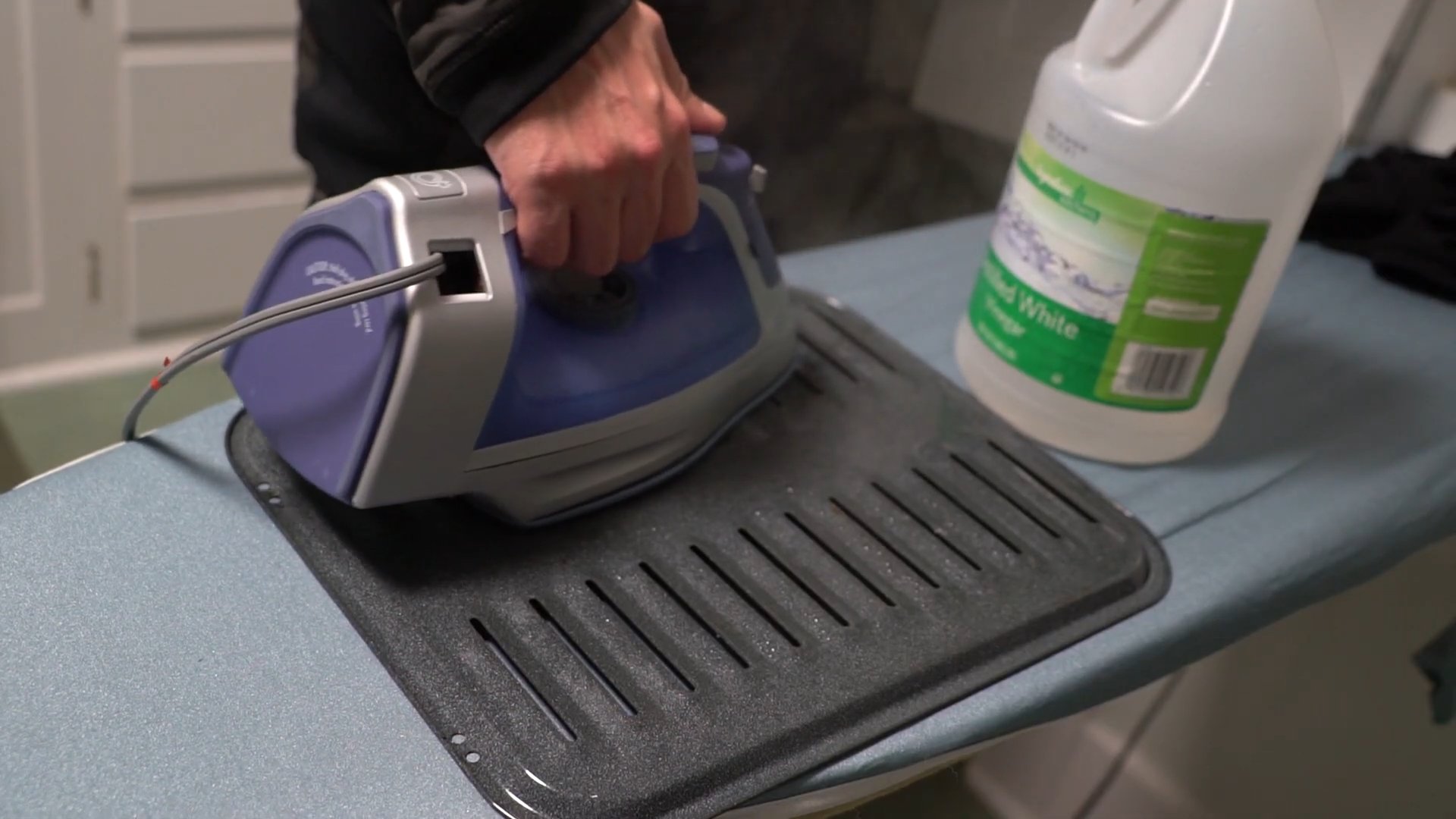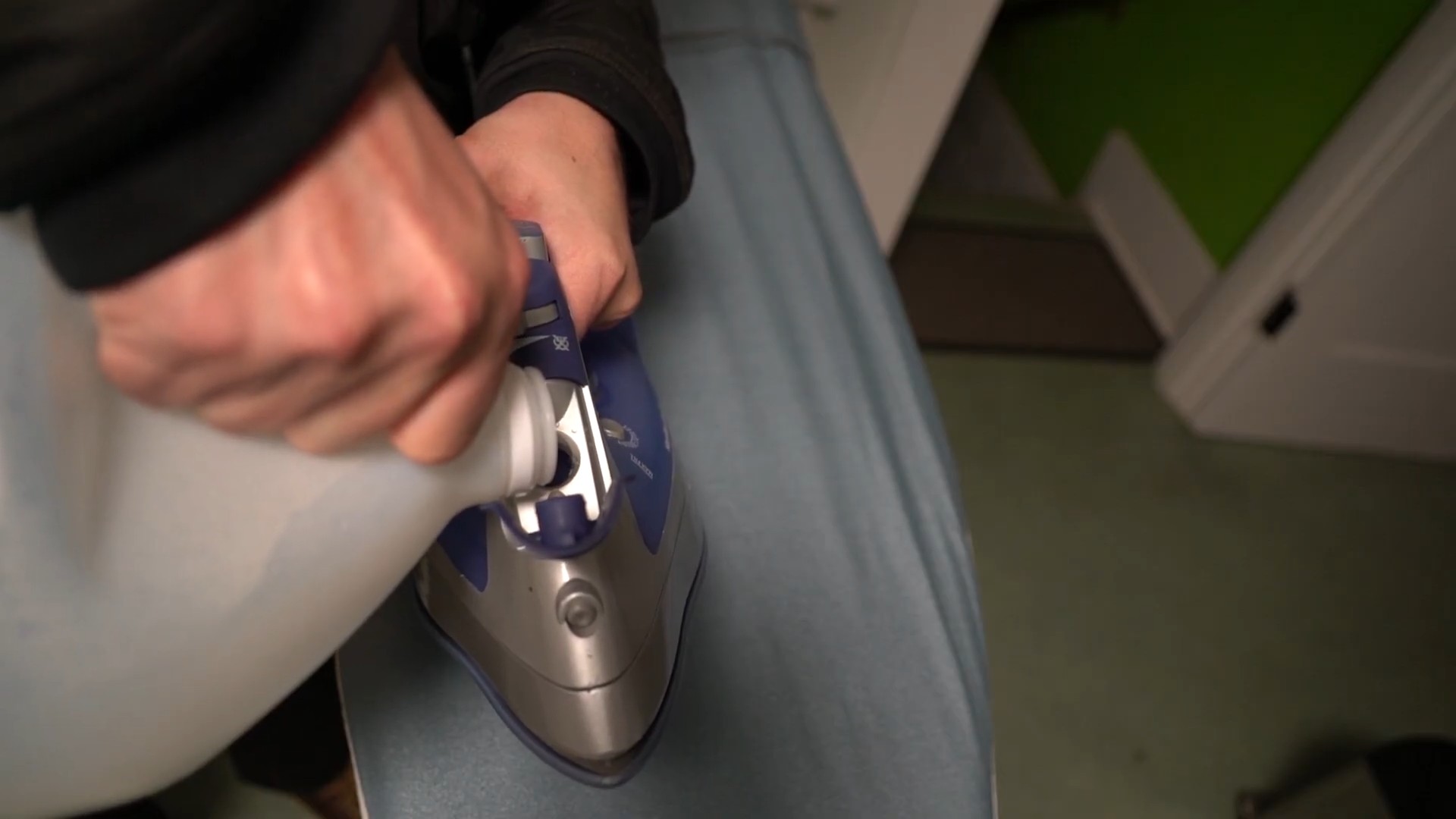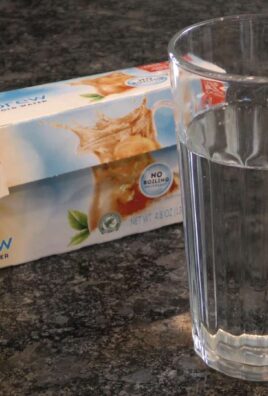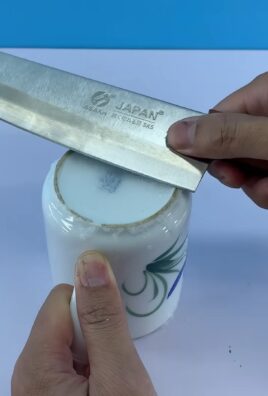Vinegar cleaning hacks for home – who knew this humble kitchen staple could be your secret weapon to a sparkling clean house? I’m always on the lookout for budget-friendly and eco-conscious ways to keep my home fresh, and let me tell you, vinegar has been a game-changer! Forget those expensive, chemical-laden cleaners; vinegar offers a natural and effective alternative that’s been used for centuries.
Did you know that vinegar’s cleaning power dates back to ancient civilizations? Egyptians, Romans, and Babylonians all utilized vinegar for its antiseptic and cleaning properties. It’s a testament to its enduring effectiveness! But in today’s world, with busy schedules and a growing awareness of the impact of harsh chemicals, vinegar cleaning hacks are more relevant than ever.
Let’s face it, nobody enjoys spending hours scrubbing and cleaning. That’s why I’m so excited to share these simple, yet incredibly effective, vinegar cleaning hacks for home. From tackling stubborn stains to deodorizing your fridge, these DIY tricks will save you time, money, and effort. Plus, you’ll be reducing your exposure to harmful chemicals, creating a healthier environment for you and your family. So, grab your vinegar bottle, and let’s get started on transforming your home into a sparkling oasis!

Unlocking the Cleaning Power of Vinegar: Your Ultimate DIY Guide
Hey there, fellow DIY enthusiasts! I’m so excited to share my favorite vinegar cleaning hacks with you. Vinegar is a true superhero in the cleaning world – it’s cheap, eco-friendly, and surprisingly effective. Forget those harsh chemicals; let’s harness the natural power of vinegar to make our homes sparkle!
General Vinegar Cleaning Tips
Before we dive into specific projects, let’s cover some essential vinegar ground rules:
* Dilution is Key: Always dilute vinegar with water. A 1:1 ratio (equal parts vinegar and water) is generally safe for most surfaces. For tougher jobs, you can increase the vinegar concentration, but always test in an inconspicuous area first.
* White Distilled Vinegar is Your Best Friend: While other types of vinegar exist, white distilled vinegar is the cleaning champion. It’s clear, inexpensive, and has the right acidity for tackling grime.
* Avoid Certain Surfaces: Vinegar is acidic, so avoid using it on natural stone surfaces like marble and granite, as it can etch them. Also, steer clear of waxed wood, cast iron, and electronics screens.
* Smell Sensitivity: Vinegar has a distinct odor, but don’t worry, it dissipates quickly. If you’re sensitive to the smell, add a few drops of your favorite essential oil to your cleaning solution. Lavender, lemon, and tea tree oil work great!
* Test First: I can’t stress this enough! Always test your vinegar solution on a small, hidden area before applying it to the entire surface. This will help you avoid any unwanted surprises.
Cleaning Your Microwave with Vinegar
Microwaves can get incredibly gross, incredibly fast. Splatters, spills, and lingering odors are no match for this simple vinegar trick.
1. Prepare Your Solution: In a microwave-safe bowl, combine 1 cup of water and 1/2 cup of white distilled vinegar.
2. Microwave It: Place the bowl in the microwave and heat on high for 5-7 minutes. The mixture should boil and create steam.
3. Let It Sit: Leave the microwave door closed for another 5-10 minutes. The steam will loosen the grime and make it easier to wipe away.
4. Wipe It Clean: Carefully remove the bowl (it will be hot!). Use a clean cloth or sponge to wipe down the interior of the microwave. You’ll be amazed at how easily the splatters come off!
5. Tackle Stubborn Spots: For any particularly stubborn spots, dip your cloth or sponge directly into the vinegar solution and scrub gently.
6. Dry It Off: Once you’ve wiped everything clean, use a dry cloth to dry the interior of the microwave.
Deodorizing Your Dishwasher with Vinegar
Dishwashers can develop unpleasant odors over time. Vinegar to the rescue! This hack will not only deodorize your dishwasher but also help remove mineral buildup.
1. Empty Your Dishwasher: Make sure your dishwasher is completely empty.
2. Vinegar Bath: Place a dishwasher-safe cup or bowl filled with 1 cup of white distilled vinegar on the top rack of your dishwasher.
3. Run a Hot Cycle: Run the dishwasher on a hot cycle.
4. Repeat Monthly: I recommend doing this once a month to keep your dishwasher fresh and clean.
Cleaning Your Coffee Maker with Vinegar
Coffee makers can accumulate mineral deposits that affect the taste of your coffee. Vinegar is a fantastic descaler.
1. Prepare the Vinegar Solution: Fill the water reservoir of your coffee maker with a 1:1 solution of white distilled vinegar and water.
2. Brew Halfway: Start the brewing cycle and let it run until the reservoir is about halfway empty.
3. Let It Sit: Turn off the coffee maker and let the vinegar solution sit in the reservoir for 30-60 minutes. This allows the vinegar to dissolve the mineral deposits.
4. Finish Brewing: Turn the coffee maker back on and let it finish brewing the remaining vinegar solution.
5. Rinse Thoroughly: Run 2-3 cycles with fresh water to rinse away any remaining vinegar.
6. Enjoy Fresh Coffee: Your coffee maker is now clean and ready to brew delicious coffee!
Cleaning Shower Heads with Vinegar
Hard water can clog shower heads, reducing water pressure and causing unsightly buildup. This vinegar soak will restore your shower head to its former glory.
1. Vinegar Bath: Fill a plastic bag with white distilled vinegar.
2. Secure the Bag: Place the bag over the shower head, ensuring that the shower head is completely submerged in the vinegar. Use a rubber band or twist tie to secure the bag in place.
3. Soak Overnight: Let the shower head soak in the vinegar overnight.
4. Remove and Rinse: Remove the bag and rinse the shower head thoroughly with water.
5. Scrub Away Residue: If there’s any remaining residue, use an old toothbrush to scrub it away.
6. Enjoy a Powerful Shower: Your shower head should now be clean and delivering a powerful, even spray.
Cleaning Windows and Mirrors with Vinegar
Say goodbye to streaks and smudges! Vinegar is a natural and effective window and mirror cleaner.
1. Prepare Your Solution: In a spray bottle, combine 1 part white distilled vinegar with 10 parts water.
2. Spray and Wipe: Spray the vinegar solution onto the window or mirror.
3. Wipe Clean: Use a clean microfiber cloth or paper towel to wipe the surface dry. For best results, use a lint-free cloth.
4. Enjoy Sparkling Surfaces: Your windows and mirrors will be sparkling clean and streak-free!
Removing Hard Water Stains with Vinegar
Hard water stains can be a real pain, especially in bathrooms and kitchens. Vinegar’s acidity helps dissolve these stubborn deposits.
1. Identify the Stains: Locate the hard water stains on faucets, shower doors, or other surfaces.
2. Vinegar Soak: Soak a cloth or paper towel in white distilled vinegar.
3. Apply to Stains: Place the vinegar-soaked cloth or paper towel directly on the hard water stains.
4. Let It Sit: Let it sit for 30-60 minutes, or even longer for stubborn stains.
5. Scrub and Rinse: Remove the cloth or paper towel and scrub the area with a non-abrasive sponge or brush. Rinse thoroughly with water.
6. Repeat if Necessary: If the stains are still visible, repeat the process.
Cleaning Your Washing Machine with Vinegar
Washing machines can harbor mold, mildew, and detergent buildup. A vinegar cleaning cycle will keep your machine fresh and efficient.
1. Empty the Washing Machine: Make sure your washing machine is completely empty.
2. Add Vinegar: Pour 2 cups of white distilled vinegar into the detergent dispenser.
3. Run a Hot Cycle: Run the washing machine on a hot cycle.
4. Optional: Baking Soda Boost: For extra cleaning power, you can add 1/2 cup of baking soda directly into the drum of the washing machine before running the cycle.
5. Repeat Monthly: I recommend doing this once a month to keep your washing machine clean and prevent odors.
Cleaning Your Toilet with Vinegar
Vinegar can help remove stains and deodorize your toilet bowl.
1. Pour in Vinegar: Pour 1-2 cups of white distilled vinegar into the toilet bowl.
2. Let It Sit: Let it sit for at least 30 minutes, or even overnight for stubborn stains.
3. Scrub and Flush: Scrub the toilet bowl with a toilet brush and flush.
4. For Under the Rim: For cleaning under the rim, soak a paper towel in vinegar and tuck it under the rim to let it sit for a while before scrubbing.
Reviving Dull Laundry with Vinegar
Vinegar can act as a natural fabric softener and help brighten dull laundry.
1. Add to Rinse Cycle: Add 1/2 cup of white distilled vinegar to the fabric softener dispenser during the rinse cycle.
2. Enjoy Softer, Brighter Clothes: Your clothes will be softer, brighter, and free of detergent residue. Don’t worry, the vinegar smell will disappear as the clothes dry.
Removing Stickers and Labels with Vinegar
Stubborn stickers and labels can be a real nuisance. Vinegar can help loosen the adhesive and make them easier to remove.
1. Soak the Sticker: Soak a cloth or paper towel in white distilled vinegar.
2. Apply to Sticker: Place the vinegar-soaked cloth or paper towel directly on the sticker or label.
3. Let It Sit: Let it sit for 10-15 minutes.
4. Peel

Conclusion
So, there you have it! Unlocking the cleaning power of vinegar is not just a budget-friendly alternative; it’s a revelation in sustainable and effective home care. We’ve explored several ways to harness the natural acidity of vinegar to tackle grime, odors, and stubborn stains throughout your home. From sparkling windows to a refreshed washing machine, the versatility of this humble ingredient is truly remarkable.
Why is this DIY approach a must-try? Because it’s simple, safe, and incredibly effective. You’re ditching harsh chemicals that can irritate your skin and pollute your home environment, opting instead for a natural solution that’s gentle yet powerful. Plus, you’re saving money! A single bottle of vinegar can replace a whole arsenal of expensive cleaning products.
But the beauty of these vinegar cleaning hacks lies in their adaptability. Feel free to experiment with different essential oil combinations to create your own signature scents. Lavender and lemon are classic choices for a calming and refreshing aroma, while tea tree oil adds an extra boost of antibacterial power. For tougher stains, consider increasing the concentration of vinegar or letting it soak for a longer period. You can even infuse your vinegar with citrus peels for a more potent and fragrant cleaning solution.
Don’t be afraid to get creative! Try using vinegar to clean your coffee maker, descale your kettle, or even remove hard water stains from your showerhead. The possibilities are endless.
We’re confident that once you experience the cleaning magic of vinegar, you’ll never go back to harsh chemicals again. It’s a game-changer for a cleaner, healthier, and more sustainable home.
So, what are you waiting for? Grab a bottle of vinegar and start experimenting! We encourage you to try these DIY tricks and share your experiences with us. Let us know which hacks worked best for you, what variations you discovered, and any other tips you have to share. Together, we can unlock the full potential of vinegar cleaning hacks and create a cleaner, greener world, one sparkling surface at a time. Share your before and after photos and your favorite vinegar cleaning recipes in the comments below! We can’t wait to see your results!
Frequently Asked Questions (FAQs)
Is vinegar safe to use on all surfaces?
While vinegar is a versatile cleaner, it’s not suitable for all surfaces. Avoid using it on natural stone surfaces like marble, granite, and travertine, as the acidity can etch and damage them. It’s also best to avoid using vinegar on waxed wood furniture, as it can strip the wax finish. Always test vinegar on an inconspicuous area first to ensure it doesn’t cause any discoloration or damage. For delicate surfaces, dilute the vinegar with water to reduce its acidity. When in doubt, consult the manufacturer’s instructions for your specific surface.
What type of vinegar is best for cleaning?
Distilled white vinegar is the most commonly recommended type of vinegar for cleaning. It’s inexpensive, readily available, and has a consistent acidity level, making it ideal for a wide range of cleaning tasks. Avoid using other types of vinegar, such as apple cider vinegar or balsamic vinegar, as they may contain sugars or coloring agents that can leave behind a sticky residue or stain surfaces. Cleaning vinegar is also available, which has a slightly higher acidity level than distilled white vinegar, making it even more effective for tough cleaning jobs.
Can I mix vinegar with other cleaning products?
It’s generally not recommended to mix vinegar with other cleaning products, especially bleach. Mixing vinegar with bleach can create toxic chlorine gas, which can cause respiratory irritation and other health problems. Avoid mixing vinegar with ammonia as well, as this can create harmful chloramine vapors. It’s always best to use vinegar on its own or with simple ingredients like baking soda or essential oils. If you’re unsure about mixing vinegar with a particular cleaning product, err on the side of caution and avoid doing so.
How do I get rid of the vinegar smell after cleaning?
The vinegar smell can be strong, but it dissipates quickly. To minimize the odor, ensure good ventilation by opening windows or turning on a fan. You can also add a few drops of your favorite essential oil to the vinegar solution to mask the smell. Citrus essential oils like lemon and orange are particularly effective at neutralizing the vinegar odor. Alternatively, you can simply wipe down the cleaned surfaces with a damp cloth after using vinegar to remove any lingering scent. The smell should disappear completely within a few hours.
Can vinegar kill mold?
Yes, vinegar is effective at killing mold and preventing its growth. Vinegar’s acidity makes it inhospitable to many types of mold. To kill mold with vinegar, spray undiluted white vinegar onto the affected area and let it sit for at least an hour. Then, scrub the area with a brush and wipe it clean with a damp cloth. For stubborn mold growth, you may need to repeat the process several times. Vinegar is a natural and safe alternative to harsh chemical mold killers, but it’s important to address the underlying cause of the mold growth, such as moisture or humidity, to prevent it from returning.
How can I use vinegar to clean my washing machine?
Vinegar is an excellent natural cleaner for your washing machine. To clean your washing machine with vinegar, add two cups of white vinegar to the detergent dispenser and run a hot water cycle. This will help to remove detergent buildup, mineral deposits, and odors from the machine. You can also add a half cup of baking soda to the drum for extra cleaning power. For a more thorough cleaning, wipe down the inside of the machine with a vinegar solution after the cycle is complete. Repeat this process every month or two to keep your washing machine clean and fresh.
Is vinegar safe for septic systems?
Yes, vinegar is generally considered safe for septic systems. Unlike harsh chemical cleaners, vinegar is a natural and biodegradable substance that won’t harm the beneficial bacteria in your septic tank. In fact, vinegar can even help to break down organic matter in the tank, improving its overall function. However, it’s important to use vinegar in moderation and avoid pouring large amounts down the drain at once. As with any cleaning product, it’s always a good idea to consult with a septic system professional if you have any concerns.
Can vinegar remove hard water stains?
Yes, vinegar is very effective at removing hard water stains. The acidity of vinegar helps to dissolve the mineral deposits that cause hard water stains on faucets, showerheads, and other surfaces. To remove hard water stains with vinegar, soak the affected area in white vinegar for several hours or overnight. For vertical surfaces, you can soak a cloth in vinegar and attach it to the surface with tape or rubber bands. After soaking, scrub the area with a brush or sponge and rinse with water. For stubborn stains, you may need to repeat the process or use a stronger vinegar solution.




Leave a Comment